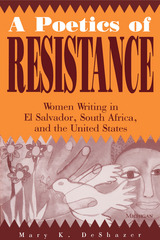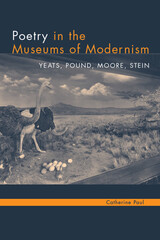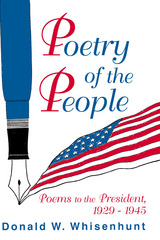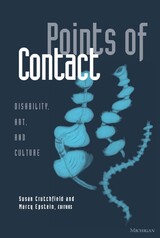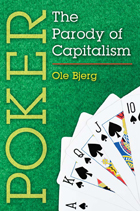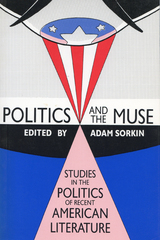Paper: 978-0-8166-5773-5
Minnesota Farmer-Laborism was first published in 1979. Minnesota Archive Editions uses digital technology to make long-unavailable books once again accessible, and are published unaltered from the original University of Minnesota Press editions.
Minnesota's Farmer-Labor party, a coalition of reformers and radicals ,farmers and unionists, flourished in the state during the years between world wars. Unlike most third parties, it gained political power and for a time virtually displaced the near-moribund Democratic party, vying successfully with Republicans for congressional and state offices. In this book, Millard L. Gieske provides the first detailed history of the Farmer-Labor movement from its inception late in World War I down to its merger with the state Democratic party in 1944.
Gieske finds the origins of the Farmer-Labor party in the Populist and Progressive movements, its specific forebears in the farmers' cooperative movement and the Nonpartisan League. Radical union members in Minneapolis, St. Paul, and the Iron Range, dissatisfied with the conservative program of the American Federation of Labor, gave the party an additional economic base. Most Farmer-Labor adherents shared the belief that the political and economic systems were un-responsive and that the two parties were either unwilling to reform them or incapable of doing so.
Down the years, the Farmer-Labor movement was subject to mercurial shifts in its strength and effectiveness. Gieske's narrative covers the party's squabbles and near collapse in the late 1920s and its resurgence in the 1930s during the Great Depression. He emphasizes the divergent and often conflicting elements that made up the party, traces its tortuous relation with Communists, and notes that significance of foreign policy issues in a movement concerned for the most part with domestic economic issues.
The Farmer-Labor party attracted some of the state's most vivid political figures, whom Gieske skillfully portrays -- Henrik Shipstead, Floyd B. Olson, Elmer Benson, and others. Primarily the story of a specific party, the book also examines the role of the third-party movement in a two-party system. Minnesota Farmer-Laborism is based largely on primary sources and will be a valuable work not only for political historians but also for readers who are interested in Minnesota history or in radical political movements.

